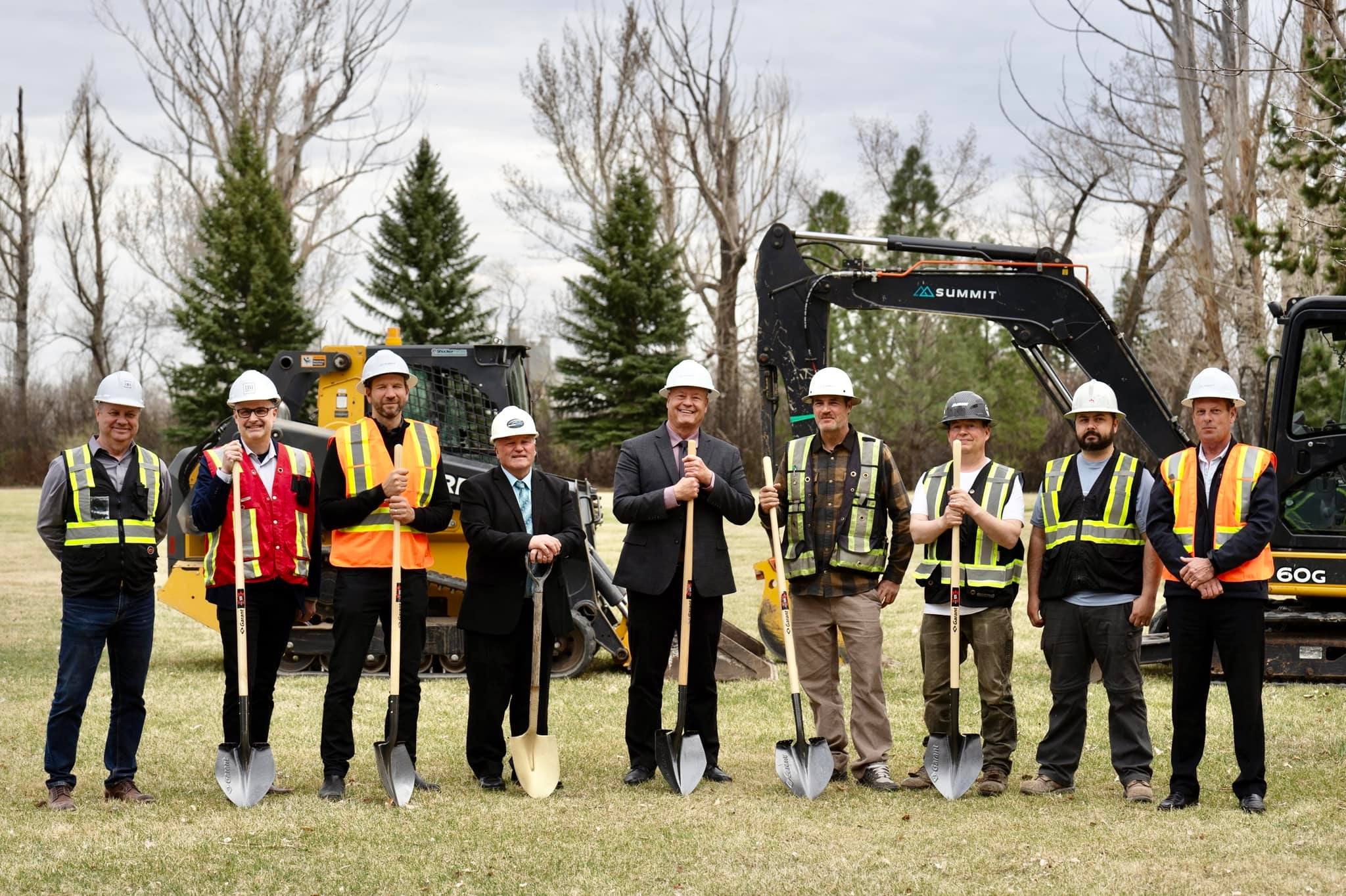Open Access Technology
In general, the term “open access” in technology refers to the source code of a program – as in the basic, original foundation of a program – made available for public use and open collaboration. It is not proprietary technology whose usage is restricted to its owners. Different providers would use the same source code to deliver the same technology, but add their own competitive value by providing additional services and a unique selling proposition (USP). An often-used analogy that demonstrates what open access technologies are, or open access technologies, is likening them to a road. The government builds roads so all vehicles can drive on them to conduct their business and fulfill daily obligations. It obviously would not be possible for every car to build its own road for its own sole usage. The result of building a shared road system is that every member of the community–including the government–gains from having shared infrastructure. Logistical and trucking companies, mail service companies, taxi cabs, people, etc. deliver their services and get around. For the government, the net gain of solid road infrastructure is economic prosperity, improvements in quality of life and other profitable benefits (that don’t take the form of direct profits).
Fibre optic open access network
A very common form of open access technology is open access fibre optic networks. Fibre optic technology provides communication and Internet through fibre optics, as opposed to traditional communication technologies that utilize electromagnetic waves transmitted through copper cables. Fibre optic Internet is superior in almost every aspect: speed, reliability, consistency, scalability, security and environmental impact.
Poor connectivity in rural areas
Traditional Internet technologies have recently become an inconvenience for rural and remote communities that are often sidelined by major telecommunications carriers. The low population density, distance from core network infrastructure and somewhat challenging terrain of rural areas don’t make them as profitable as urban centres. The result is unfortunate for residents in those areas, as low Internet quality prevents them from enjoying an array of services, most of them arguably considered essential. The economic potential of these areas also gets stifled. The ability to diversify the economic base of an area wholly depends on modern infrastructure and amenities, and that includes broadband. If the latter is not present, then how will these communities ever be primed for growth?
The purpose of BrooksNet
The City of Brooks, in collaboration with Community Network Partners (CNPI), have built an open access fibre optic network called BrooksNet, to bring the highest Internet quality to residents of Brooks. By doing so, it is attracting service providers to utilize this open access network to provide the fastest, most reliable Internet to residents – and this chiefly benefits residents more than anybody else. The prevalence of competitors inherently results in a consistently high level of service as companies vie to attract the most consumers. Consumers also end up with more than one choice and are not pegged by a single, large provider who would likely end up operating on its own terms and power. It also makes the service more affordable, as competitors start lowering prices to remain competitive. A market slowly starts to open up with very few barriers to entry, facilitating economic development and opportunities in every industry, from healthcare and education to tourism and hospitality. Most of all, the benefits of these initiatives are reaped first-hand by the community of Brooks and do not fall into the pockets of large companies. It enables innovation, gives the community power to make its own choices and allows it to fulfill its own unique vision.
Benefits of fibre optic Internet
But on top of that, what do residents of Brooks get in all scenarios? Evidently, the best Internet quality provided courtesy of fibre optic technology. With fibre optic technology, residents of Brooks get to experience:

Fastest Internet
With data getting transmitted at the speed of light (literally), fibre optic Internet is 20 times faster than cable Internet.

Consistent service
Everyone could be online at the same time and stretching capacity, but Internet quality remains consistently high.

Synchronous download and upload speeds
ISPs notoriously allocate more bandwidth to downloads than to uploads, and this is not ideal for a huge segment of consumers who use the Internet bilaterally.

Future-proof connectivity
Fibre optic technology facilitates the addition of more users and devices without compromising capacity, facilitating the expansion and growth of the network into the future.
With that kind of reliable quality, every variety of Internet users in Brooks becomes able to enjoy the best quality of Internet for whichever purpose. Users stream TV shows, movies and games without buffering and slow response times. Remote workers remain productive and continuously connected for important meetings and group tasks. Local businesses are able to interact with clients/customers, complete transactions and transmit information. Brooks, as a city, also becomes better prepared for all growth opportunities that may have been held back due to a lack of modern infrastructure.
Follow us on our social media channels and subscribe to our newsletter to get all the latest updates and news on what BrooksNet is bringing to residents of Brooks.

